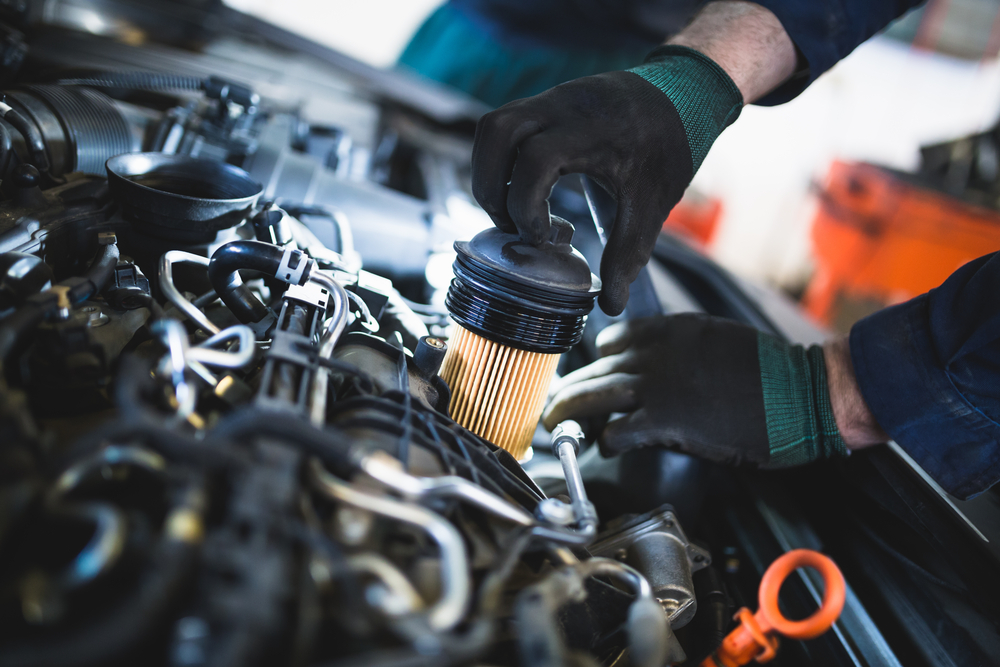
Fuel System : A Comprehensive Overview
Components of a Fuel System
The vehicle fuel system stores and supplies required fuel levels to the engine for optimum performance. Over time, the performance of a vehicle’s engine may slow down because of buildup that clogs important parts of a fuel system. This results in reduced fuel efficiency and power. That said, the fuel system provides the required level of fuel to the engine. Let’s go through the components in detail.
Fuel Injectors and Carburetors
The fuel injectors are the last stop for fuel in your engine before it goes into the combustion chamber. This is an electrically controlled valve that opens just long enough to supply the perfect amount of fuel needed to run the engine. Before fuel injectors until the late-1980s, carburettors were used to supply the needed fuel to the vehicle engine. These manual non-electric devices were used for mixing vaporized fuel with air to produce a combustible or explosive mixture for internal combustion engines. That said, carburettors have been mostly replaced by electronic fuel injection in modern vehicles.
Fuel Pump
Another important component of the car fuel system is the fuel pump. This is used to pump fuel from the fuel tank, via the fuel lines into the fuel injectors. The fuel injectors then spray the fuel into the combustion chamber to create combustion. There are two types of fuel pumps. Mechanical fuel pumps (they are used in carburettors) and electronic fuel pumps (these are used in electronic fuel injection). Make sure the fuel pump has no problems, here are some common signs of a bad fuel pump.
Intake Valve
Another important component of an automotive fuel system is the intake valve. This valve controls the air and fuel mixture in the combustion chamber. The flow of the air/fuel mixture going into the combustion chamber can get restricted or change because of the deposits on the intake valves. Car fuel can stick to deposits on the intake valve and not enter the combustion chamber when needed. That said, the right fuel additive helps prevent these effects and restore lost engine performance.
Fuel Filter
A properly functioning fuel delivery system happens because of a car fuel filter. Filters are more important for fuel-injection cars than carbureted cars. Fuel-injected cars use electric fuel pumps. This is because when the filter clogs, the electric fuel pump works hard to push past the filter.Usually, vehicles use two filters. One is situated inside the fuel tank and one in a line to the fuel injectors or carburettor. Unless a large amount of fuel contamination enters the tank, it is only required to replace the filter in line. Here is how to fix fuel contamination.
Piston
The piston moves up and down in the cylinders to convert the pressure from combustion into movement. Detergent additives that help remove or reduce deposits are usually effective to reduce or eliminate deposit-related drivability and performance loss.
Combustion Chamber
Combustion chambers generate power from fuel ignition. The burning of the air/fuel mixture happens inside these chambers. Deposits in the combustion chamber affect heat transfer and air/fuel compression.Premature ignition and knocking can happen because of excess heat. To put it simply, the process of burning fuel and generating energy to power a vehicle happens inside the combustion chamber.
How Car Fuel System Works
The purpose of the car fuel system is to store and supply fuel to the engine as needed for optimum performance. The fuel is mixed with the air, atomised and vaporized in the engine intake system. It is then compressed in the combustion chamber and ignited to produce energy or power.
Fuel systems vary from engine to engine, that said, all systems have to supply fuel to the combustion chamber and control the amount of fuel supplied about the amount of air.The fuel is then stored in the fuel tank from where it is drawn through the fuel pump. Then it travels through the fuel lines and is delivered to the fuel injectors through a fuel filter.
The fuel pressure required depends on the type of fuel system.
Types of Automotive Fuel Systems
Types of automotive fuel systems: return type and returnless type system.The return-type system has a fuel pressure regulator that supplies fuel pressure based on the amount of vacuum from the intake system. Whereas, in a returnless type system the powertrain control mode (PCM) is used to regulate fuel delivery. A fuel pressure sensor mounted to the supply rail of the fuel injectors allows the PCM to monitor the pressure of fuel.
The PCM makes up for the drop in engine speed because of load or speed by increasing the injector duration and/or by the operating speed of the fuel pump.
That is all about the car fuel system. Engine efficiency is necessary for your vehicle’s performance, therefore when looking for a new or used car for sale in the UAE, check the engine thoroughly.

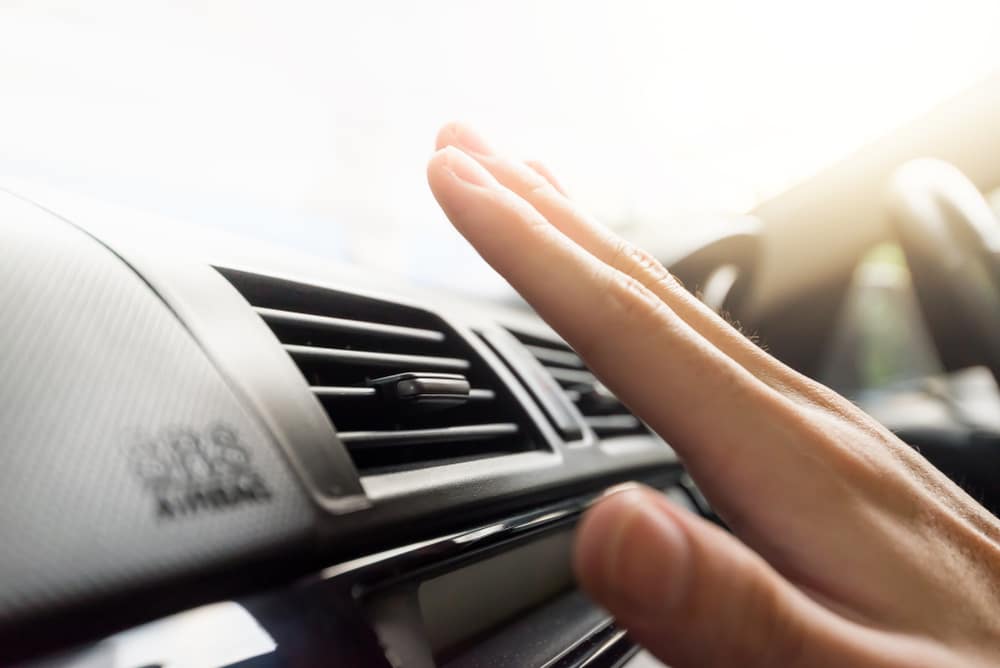
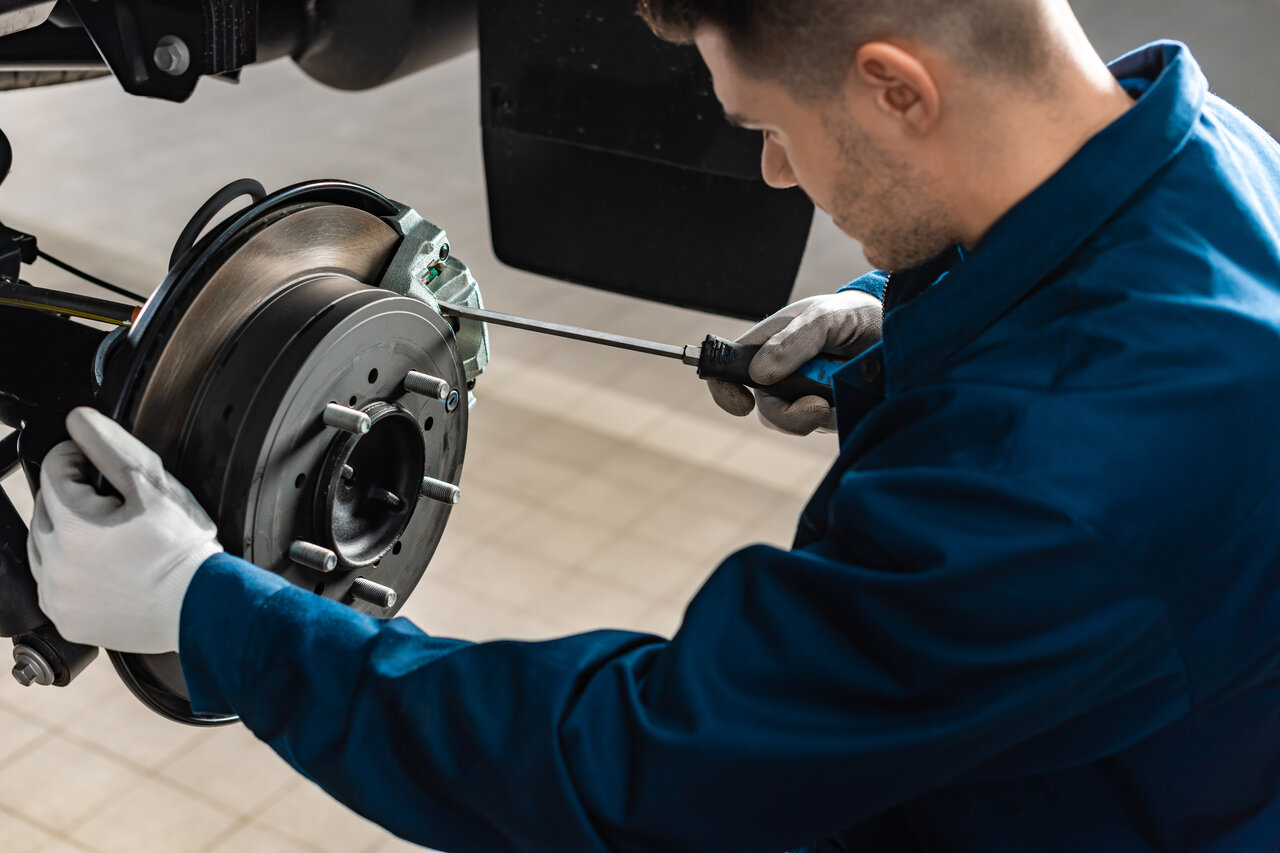
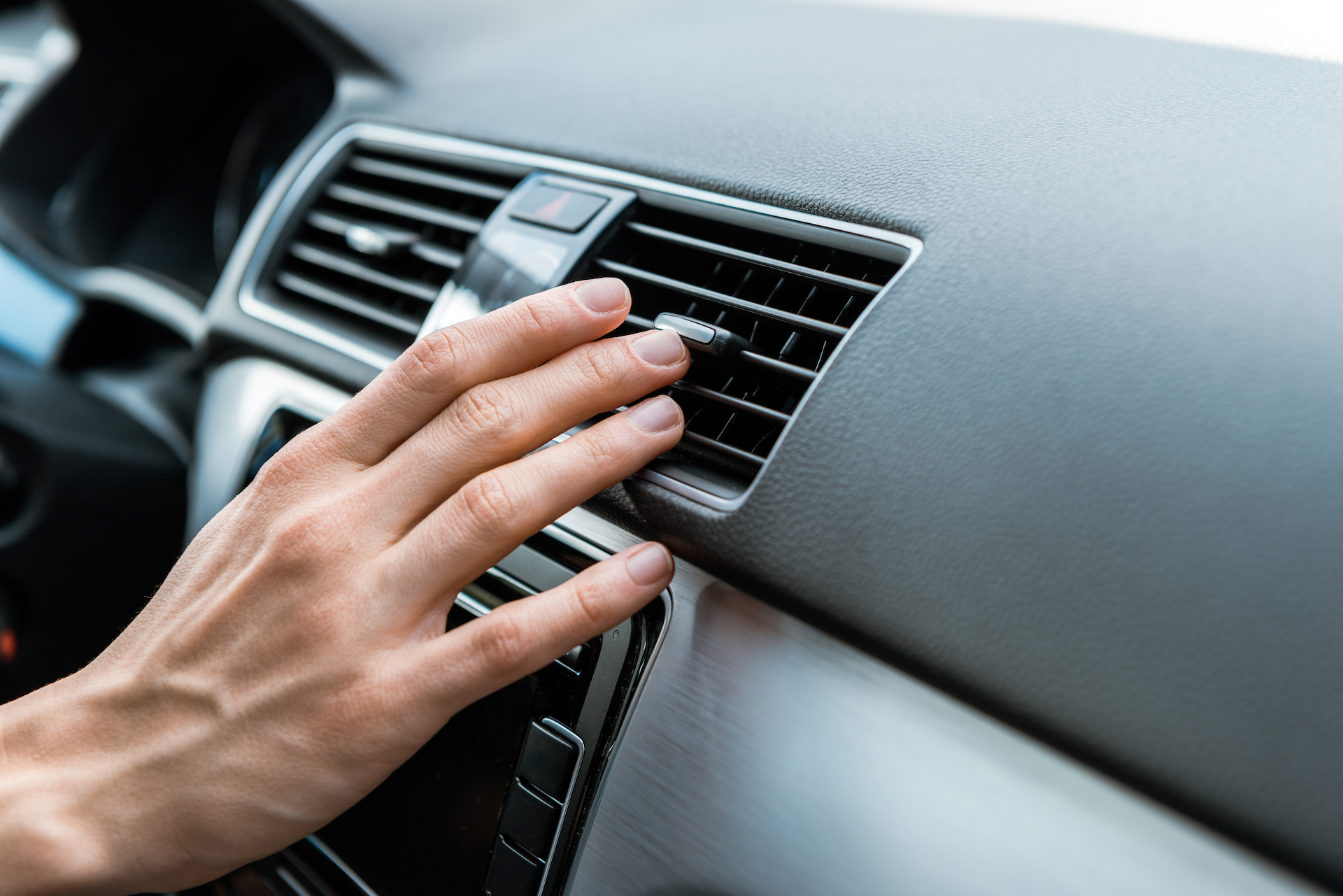
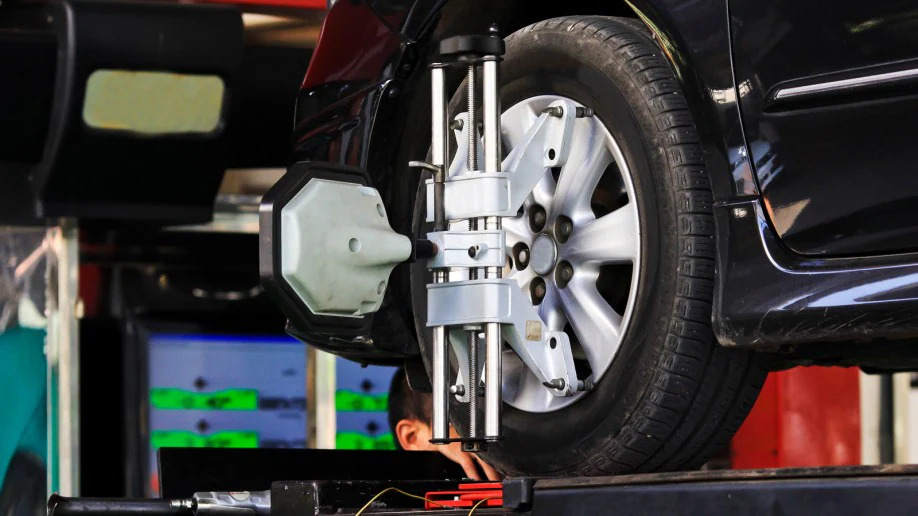
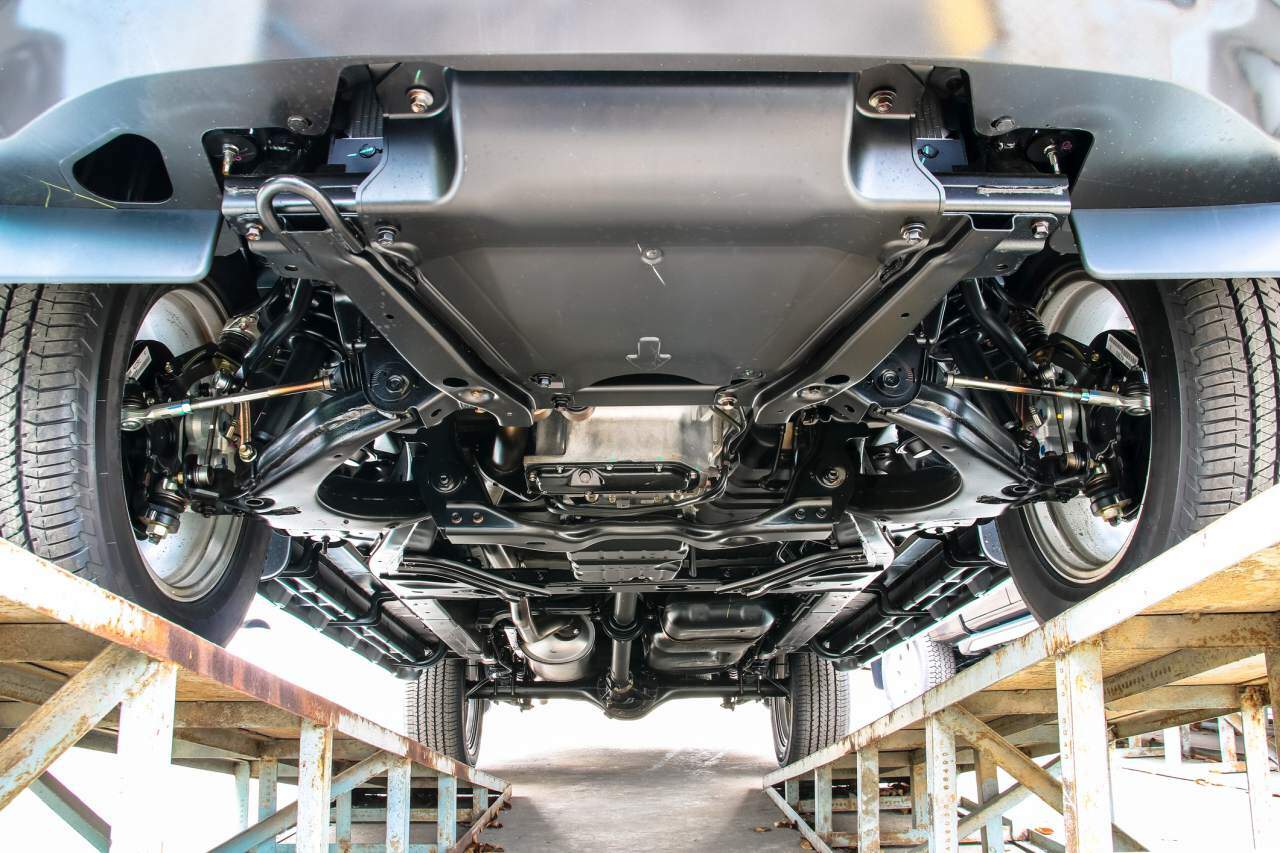
comments 0